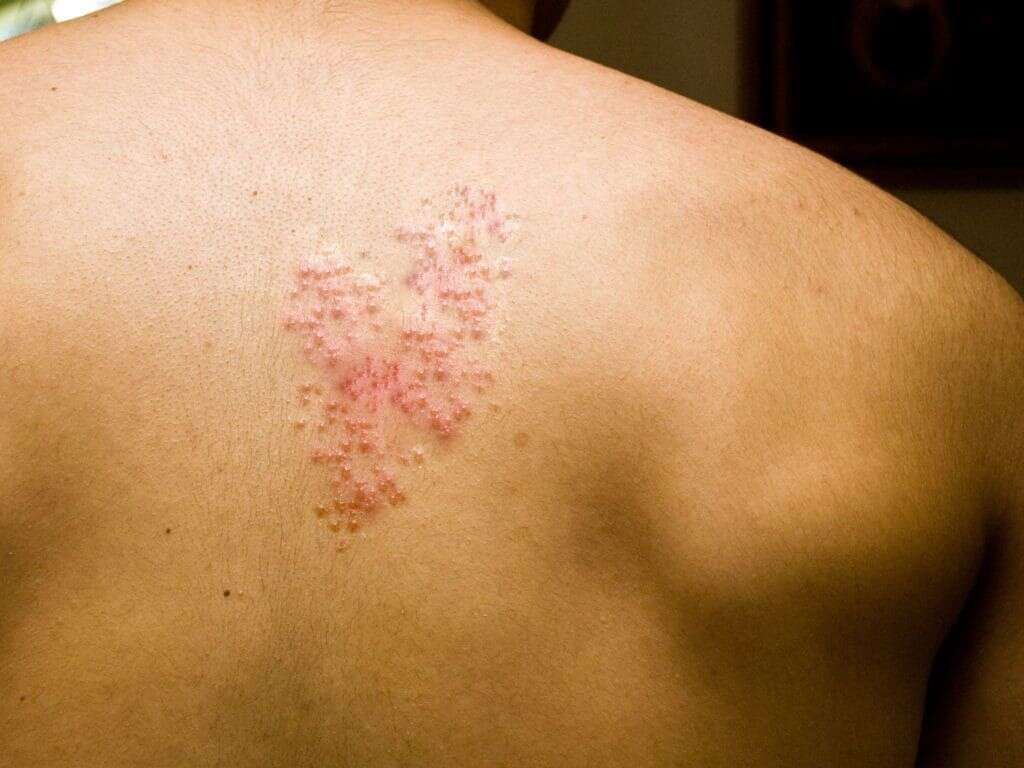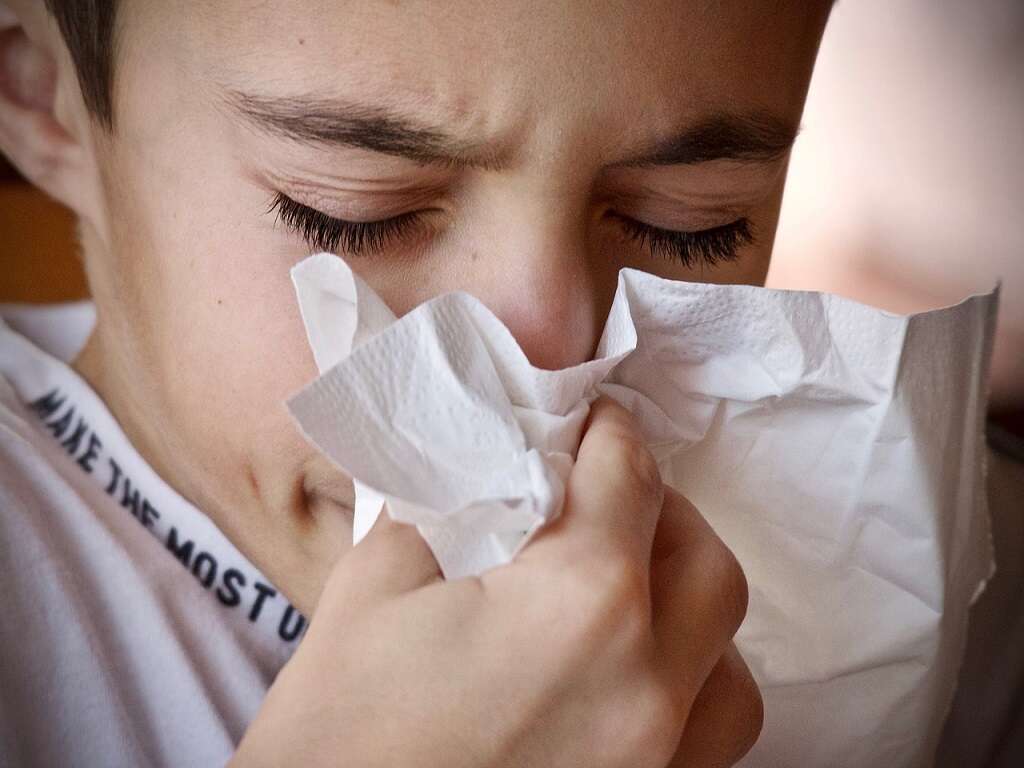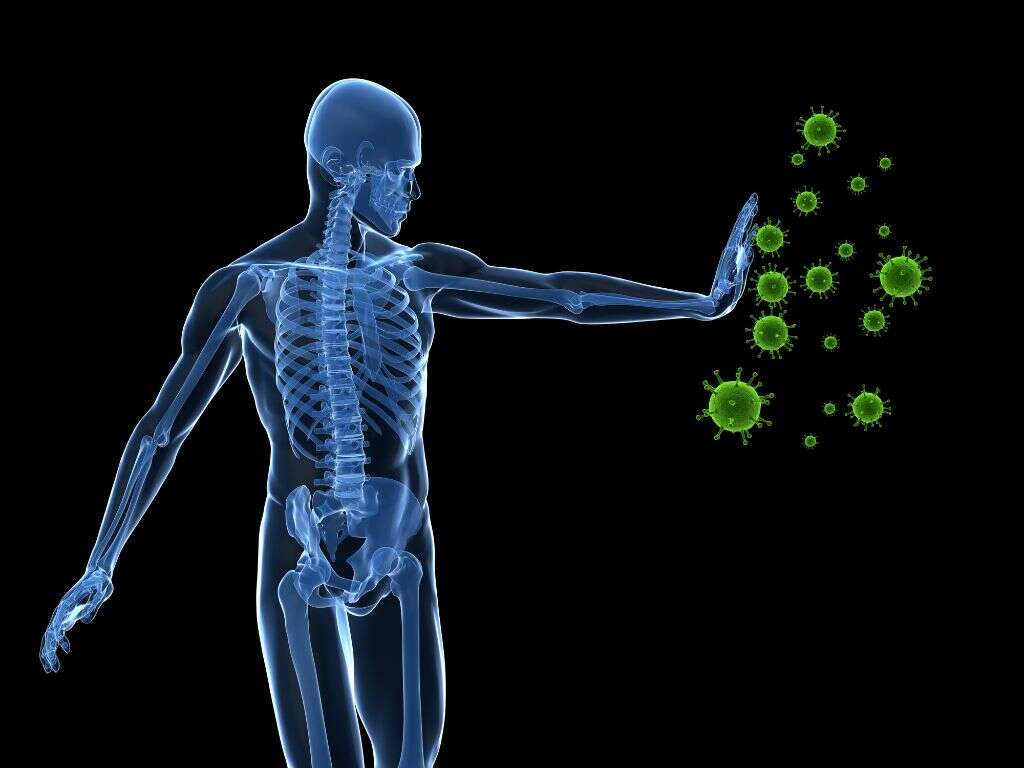What Causes Shingles?
4. Clinical Phases
The clinical manifestations of shingles can be divided into three phases. In the preeruptive phase, or preherpetic neuralgia, there are unusual skin sensations in the affected area. This precedes the onset of lesions by 2 to 3 days. Patients may also experience other symptoms such as light sensitivity, fever, and headache. The second phase, or acute eruptive phase, is marked by the appearance of rashes that begin as red bumps that progress to vesicles that contain serous fluid. These lesions then rupture, ulcerate, crust, and dry up.
The patient is infectious until the lesions are dry. The third phase, or chronic phase, occurs when there is persistent pain that lasts more than 30 days after crusting of lesions. It is the commonest complication seen in 9% to 45% of all cases. In patients above the age of 70, it can last more than 12 months.
Advertisement











